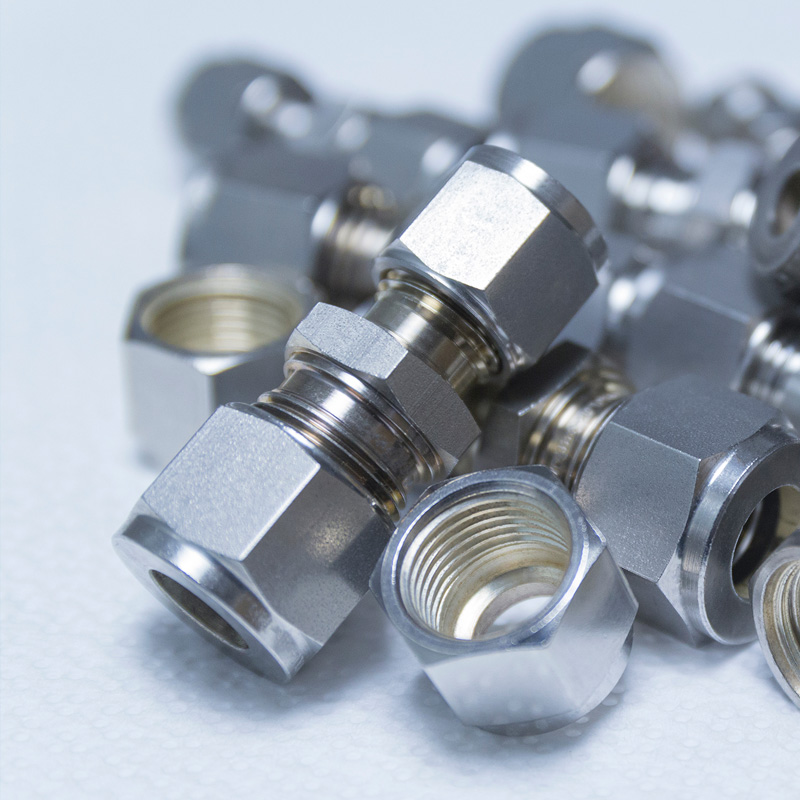Valves and Fittings
Valves and Fittings
Description and Specifications of Valves and Fittings:
Valves and fittings are essential components used in various systems, including high pressure reactors, to control the flow of liquids or gases. They play a main role in ensuring these system’s safe and efficient operation. In simple terms, valves are like traffic cops that regulate the flow, while fittings are like connectors that join different parts. There are several valves and fitting for the high pressure autoclave reactor, which is equipped.
Valves:
Valves are tools used to regulate the movement of fluids or gases in a system. In high pressure reactors, valves are crucial for controlling the flow of reactants and products, maintaining pressure, and enabling safe operation. Let’s look at some common types of valves used in high pressure reactors:
- Ball Valves: These valves have a hollow, pivoting ball with a hole through its center. When the hole aligns with the flow direction, the valve opens, allowing fluid or gas to pass through. Rotating the ball 90 degrees blocks the flow, closing the valve.
- Gate Valves: Gate valves control flow by raising or lowering a gate (a flat or wedge-shaped component) that blocks or allows the passage of fluid or gas. They provide a tight seal and are commonly used for on/off flow control.
- Needle Valves: Needle valves have a slender, tapered needle-like plunger that controls flow by gradually restricting the passage. These valves provide accurate flow control and are frequently utilized in situations that demand high precision.
Fittings:
Fittings are components used to connect different parts of a high pressure reactor system, such as pipes, tubes, and valves. They ensure leak-tight connections and enable the proper functioning of the system. Here are some commonly used fittings in high pressure reactors:
- Flanges: Flanges are flat, circular discs with evenly spaced holes around their circumference. They are used to connect two pipes or valves together. By bolting the flanges together, a secure and sealed connection is formed.
- Compression Fittings: Compression fittings connect tubes or pipes without welding or soldering. They consist of a compression nut, a ferrule (ring), and a body. Once the nut is tightened, it presses the ferrule onto the pipe, resulting in a secure seal.
- Welded Fittings: Welded fittings are permanently joined to the pipes or tubes by welding. They provide a robust and reliable connection, commonly used in high pressure applications.
Importance of Valves and Fittings in High Pressure Reactors:
Valves and fittings play a vital role in high pressure reactors by ensuring the following:
- Safety: Valves enable the control and isolation of fluid or gas flow, preventing dangerous situations such as over-pressurization. Fittings ensure leak-tight connections, minimizing the risk of hazardous leaks.
- Process Control: Valves allow precise control over the flow rate, pressure, and direction of fluids or gases, which is crucial for maintaining optimal reactor conditions and achieving desired reaction outcomes.
- System Integrity: Properly selected valves and fittings, along with appropriate installation techniques, ensure the integrity of the reactor system. They help minimize losses due to leaks, pressure drops, and equipment failures.
Conclusion:
Valves and fittings are essential components of high-pressure reactors. Valves control the flow and pressure of fluids, while fittings ensure that connections are secure. Together, they provide safe and efficient operation, maintaining the integrity of the reactor system. By understanding their role and importance, operators can make informed decisions when selecting and maintaining these critical components. We at Techinstro manufacture and supply valves and fitting at the best price.

